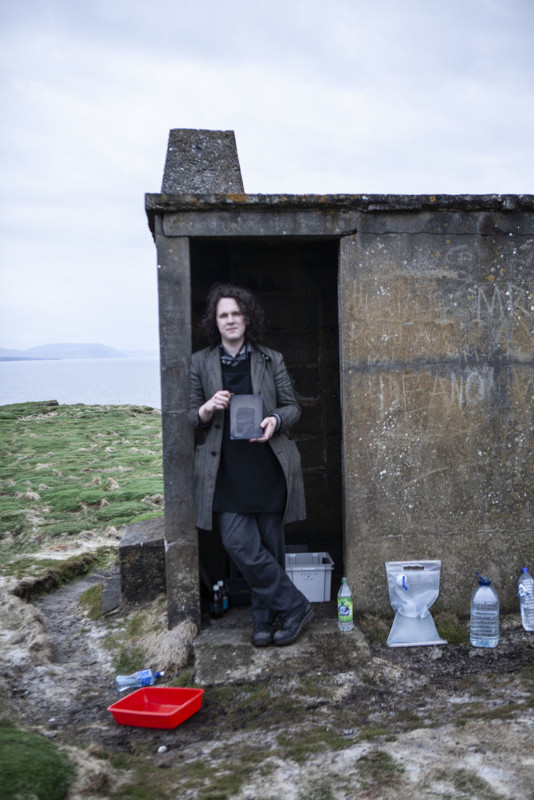Photographer Uses Victorian Cameras to Capture Celtic Coasts
![]()
A photographer lugs a massive large format 19th-century camera into remote, rugged areas to capture pictures of landscapes that haven’t changed since photography was invented.
Alex Boyd uses the collodion process to picture the Celtic coasts of Ireland and Scotland, his lens seeing nearly exactly the same view as photographers before him hundreds of years ago.
“A great deal of the locations haven’t changed much in a thousand years or more — and I find that fascinating,” Boyd tells PetaPixel.
“What endures, and what is lost. I’ve stood in ancient Irish ringforts or on the sides of Scottish mountains, and in many respects, the views haven’t changed greatly during that time.”
![]()
![]()
![]()
![]()
Boyd hails from Scotland and has Irish roots so it “made sense” to document the landscapes of his home and of his ancestors for his project The Point of the Deliverance.
“This project was a way of exploring places that meant a great deal to me,” he says.
“It was important to me to depict them in a way that could convey some of the heightened drama of life along the Atlantic coastline, which can at times be difficult due to the relentless nature of the wind and waves.”
![]()
![]()
![]()
![]()
The Collodion Wet Plate Process
Wet plate photography was invented in the 1850s and by the 1860s had replaced the daguerreotype as the number one photography technology.
When working in the field, the camera requires a portable darkroom because the plates need to be coated, sensitized, exposed, and developed within the space of 15 minutes.
![]()
![]()

“I enjoy using wet plate collodion to depict landscapes as it can give a strange otherwordly or spectral feel to an image if used correctly,” says Boyd.
“By this I mean using it in the complete opposite way of the Victorian photographers who sought to capture clean, perfect representations of the land. I’m not a surveyor, and I don’t want to sell postcards, so for me, it’s an expressive medium. I’m sure many purists will tell you I’m doing it wrong!”
Boyd says mastering wet plate was very challenging and it took him a lot of trial and error before he gained the confidence to work outdoors.
“Making an image on a blue sky summer day is a world apart from carrying your equipment across snow and ice up a hill,” he says.
“It’s certainly given me an appreciation for the early photographers, and their poor assistants!”
![]()
![]()
The Point of the Deliverance is available to purchase here.
More of Boyd’s work can found on his website, Twitter, Facebook, and Instagram.
Image credits: All photos by Alex Boyd.